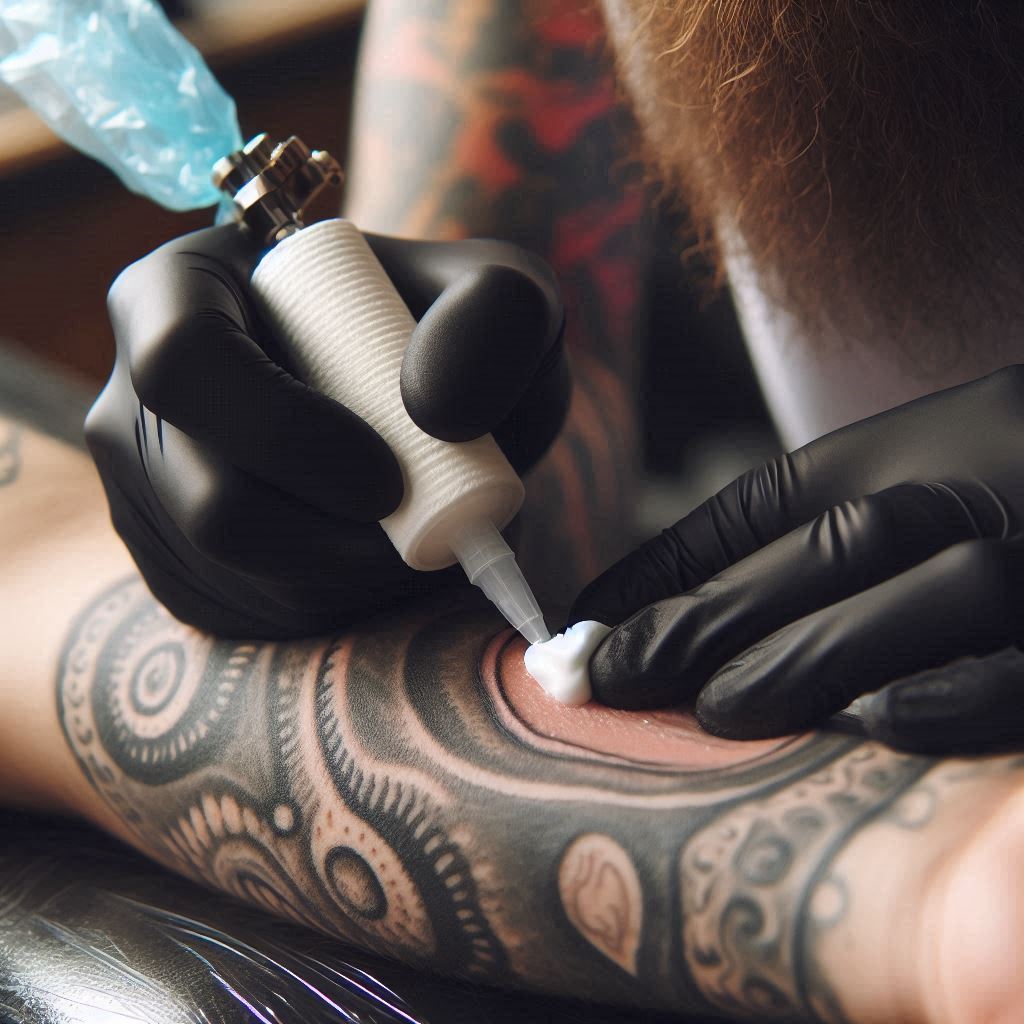Introduction: What Is Lidocaine and How Does It Work in Tattoo Numbing Creams?
What exactly is lidocaine?
Lidocaine is a local anesthetic that is commonly used to numb the skin prior to medical procedures. It’s a familiar drug in the medical and beauty fields, as it prevents the transmission of pain signals from nerve endings to the brain. When applied to the skin, lidocaine stops nerve cells from transmitting pain messages, enabling individuals to have procedures such as tattoos with less pain.
How does lidocaine help with tattoo pain?
Tattooing is associated with a repeated piercing of the skin, an action that would cause pain or discomfort. Lidocaine serves to numb the skin prior to the tattoo being applied, limiting pain during tattooing.

For some, the application of numbing creams can be a game-changer when it comes to the tattooing process, particularly for those who are having tattoos done in more sensitive areas such as the ribs, spine, or elbows.
Is Lidocaine Safe to Use in Tattoo Numbing Creams?
Is lidocaine generally safe to use in tattoos?
Lidocaine is usually safe for most individuals when properly applied. It’s a commonly applied anesthetic in the medical profession, and when added to tattoo numbing creams, it’s developed in safe levels. But safety relies on correct use, like not applying too much or using it on broken skin. Always read and follow the instructions that come with the cream.
For example, the standard concentration of lidocaine in tattoo numbing creams is approximately 4%, which is deemed safe for application on the skin. However, you should ensure to read the ingredients and consult your tattoo artist to confirm that you’re using a credible brand.
Are there any side effects or risks of using lidocaine for tattoos?
Though rare, lidocaine does cause side effects in some individuals. These are generally limited to skin irritation, redness, or swelling. Allergic reactions can be caused by lidocaine in the most extreme instances. A good rule of thumb is to conduct a patch test before using the cream on an extended area of the body. If there’s irritation, immediately wash off the cream and visit a doctor.
Also, excessive use of lidocaine or improper application can result in serious side effects, including dizziness, nausea, or headaches. Be sure to use the recommended dosage and don’t apply it to irritated or broken skin.
How Effective is Lidocaine in Tattoo Numbing Cream?
How long does lidocaine last in tattoo numbing creams?
The anesthetic effects of lidocaine usually last one to two hours. This time is generally sufficient for most tattooing, but for longer tattoos, you might need to reapply the cream. You should take your tattoo artist’s guidance on the timing of reapplication seriously, as they might have particular guidelines depending on the size of the tattoo and area of skin being tattooed.
Is it suitable for all skin types?
Lidocaine works on the majority of skin types, though performance may be affected by personal factors, like sensitivity and thickness of the skin. Individuals with more sensitive skin might need to use a greater concentration or longer exposure time. If in doubt, ask your tattoo artist or dermatologist prior to applying a numbing cream.